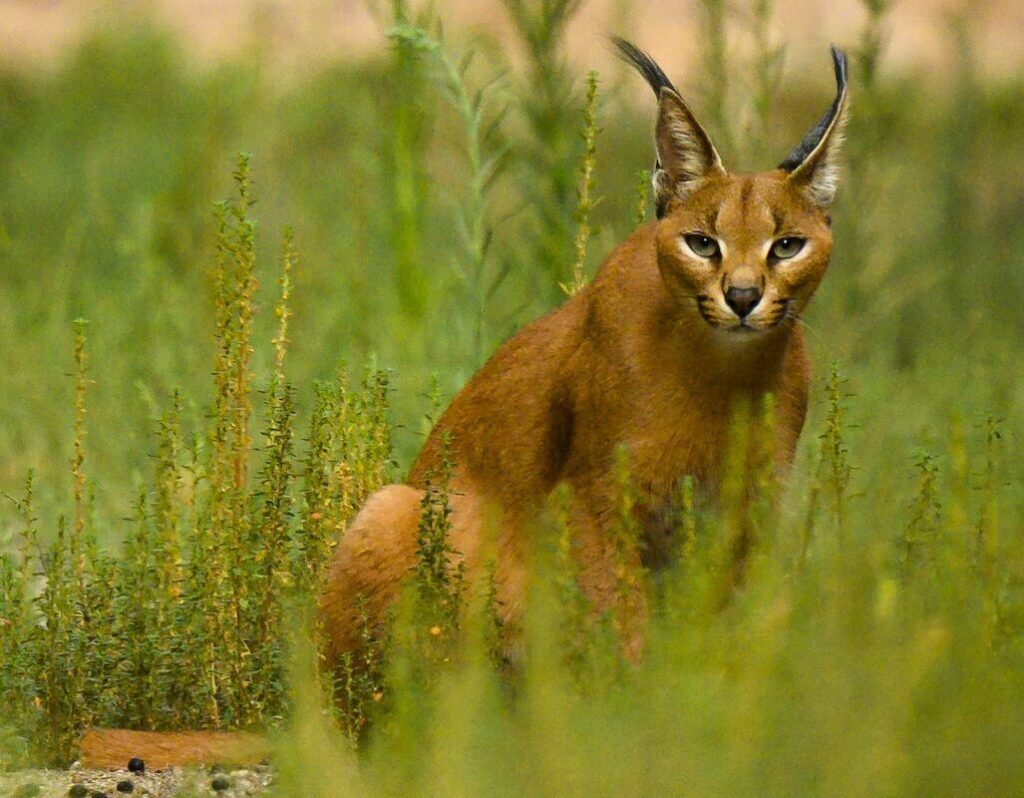Hunting penguins in Cape Town
Sara • 10/09/2024
SHARE
A fascinating phenomenon has started to unfold in the False Bay Peninsula, on the outskirts of Cape Town, South Africa. Due to sprawling urbanisation with almost 5 million people living in a richly biodiverse area, there are constant struggles to allow animals to live in harmony in humans and vice versa.
Baboons have created havoc with holidayers for many years, with Cape Nature rallying to protect the baboons but anguished residents frustrated at having to keep their dogs indoors and their windows closed. This has resulted in a blow for many small B&B’s and guesthouses in areas such as Simonstown, close to Cape Point.
The city is part of a “complex” system, says Gabriella Leighton, a postdoctoral researcher at the University of Cape Town. Leighton, an expert in urban ecology and carnivore conservation, describes the Cape Peninsula — a rugged, nearly 500-square-kilometer (190-square-mile) area of exceptional biodiversity that encompasses the city and suburbs — as a natural laboratory.
Recently, she published the her first record of wildcats regularly hunting marine prey. A group of local caracals (Caracal caracal), medium-sized wildcats distinguished by their sharply pointed, lavishly tufted ears, are hunting seabirds, including endangered Cape cormorants (Phalacrocorax capensis) and African penguins (Spheniscus demersus).
The highly opportunistic hunter’s dietary shift is likely the result of large-scale, human-induced changes that have led to more caracal-seabird encounters over time, Leighton says.

Luckily, African Penguins have a huge colony in Simontown and this is where the Caracals have chosen to start hunting as easily found game on the mountains has become smaller and smaller. Stable isotope analysis of caracals’ fur indicates that about 25 cats are now regular coastal foragers. They hunt on the beach and rocky shores and in seabird colonies along cliffs, mostly in the Cape Point section of TMNP. Seabirds including cormorants, penguins, gulls, gannets and terns, routinely comprise about a third of their diet
For further reading, please read the full article here, courtesy of Manga Bay.
